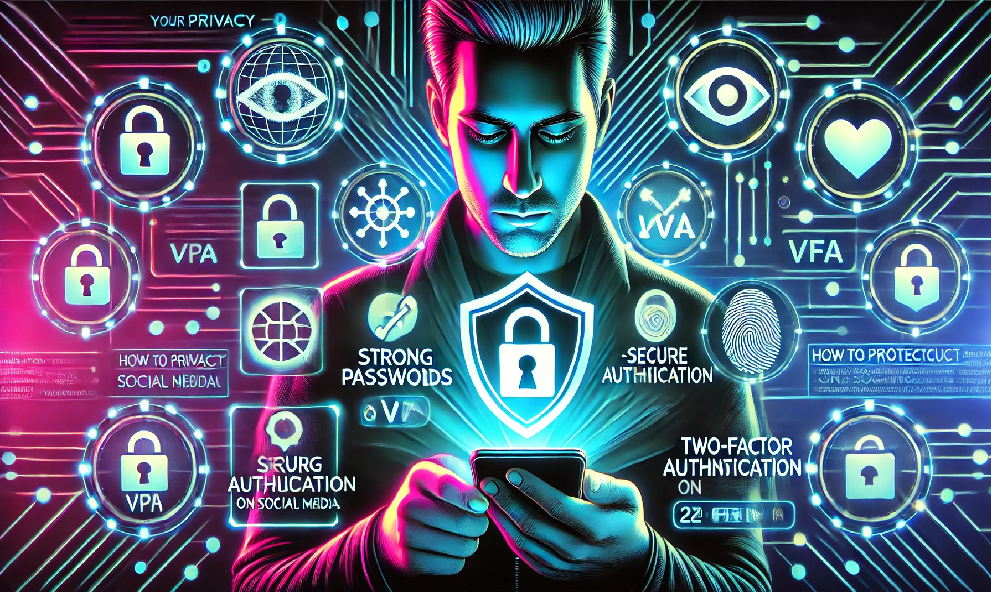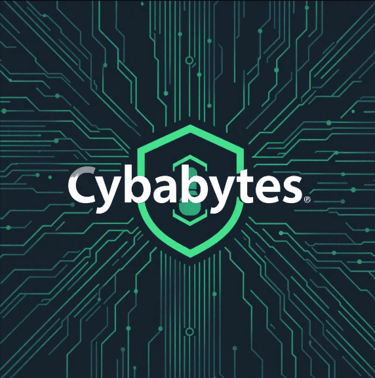How to Protect Your Privacy on Social Media


In an era where sharing is second nature, protecting your privacy on social media can feel like an uphill battle. Between targeted ads, data breaches, and overly curious strangers, it’s easy to feel like you have little control over your personal information. But don’t worry—you don’t have to go off the grid to safeguard your privacy. Here’s how you can stay social while keeping your data secure.
1. Adjust Your Privacy Settings
Most social media platforms offer privacy settings, but many users don’t take full advantage of them. Go through your settings and:
· Limit who can see your posts – Change your audience settings to “Friends” instead of “Public.”
· Restrict profile visibility – Hide personal details like your email, phone number, and birthday.
· Disable location sharing – Some platforms track your location. Turn this off to prevent unwanted tracking.
🔗 Quick Links to Adjust Privacy Settings:
💡 Personal Tip: I regularly check my privacy settings every few months. Platforms change policies often, so staying updated is key!
2. Be Mindful of What You Post
Even with strong privacy settings, your posts can still be screenshotted or shared without your knowledge. Before posting:
· Think before you share – Avoid sharing sensitive information like your address or workplace.
· Watch out for metadata – Photos contain location and device data. Strip metadata before posting using tools like ExifCleaner.
· Be cautious with personal stories – Scammers can use details about your life to guess passwords or answer security questions.
💡 Personal Tip: I never share real-time vacation photos. I post them after I return to prevent potential break-ins.
3. Manage Your Friends and Followers
Not everyone who follows you has good intentions. Regularly review your connections and:
· Remove people you don’t know personally – Fake accounts can be used for scams and phishing.
· Use “Close Friends” lists – Some platforms let you share posts with select groups.
· Enable two-factor authentication (2FA) – This prevents unauthorized access even if your password is compromised.
💡 Personal Tip: I use a separate social media account for professional networking, keeping my personal life private.
4. Beware of Phishing Scams and Suspicious Links
Cybercriminals often target social media users through:
· Fake login pages – Always check URLs before entering credentials.
· Doubtful friend requests – Scammers may impersonate friends or influencers.
· Too-good-to-be-true giveaways – Many “free prize” scams exist to steal your data.
💡 Personal Tip: I never click on links in direct messages unless I verify the sender. If a friend’s message looks off, I call them to confirm!
5. Use Strong, Unique Passwords
A weak password is like an open door for hackers. Secure your accounts with:
· Long, complex passwords – Use a mix of letters, numbers, and symbols.
· A password manager – Apps like Bitwarden or LastPass help store passwords securely.
· Avoid reusing passwords – If one account gets breached, all others with the same password are at risk.
💡 Personal Tip: I use passphrases instead of passwords. For example, “PurpleCactus$2024” is much stronger than “Cactus123.”
6. Regularly Audit Your Apps and Permissions
Many third-party apps request access to your social media accounts. Some collect more data than you realize. To protect yourself:
· Review connected apps – Go to your account settings and remove apps you no longer use.
· Check app permissions – Deny access to your contacts, camera, and location if unnecessary.
· Use official apps – Avoid logging into social media from unverified third-party platforms.
💡 Personal Tip: Every six months, I review and remove apps linked to my accounts. You’d be surprised how many old permissions linger!
7. Stay Informed About Privacy Changes
Social media companies frequently update their privacy policies. Stay informed by:
· Reading update notifications – Don’t just click “Agree” without checking what’s changed.
· Following cybersecurity blogs – Sites like Electronic Frontier Foundation (EFF) and PrivacyTools.io offer great insights.
· Engaging in digital hygiene – Periodically search your name to see what’s publicly available about you.
💡 Personal Tip: I set Google Alerts for my name to monitor what’s being shared online.
Final Thoughts
Social media is a fantastic tool, but your privacy is ultimately in your hands. By taking proactive steps, you can minimize risks while still enjoying the digital world. A little caution goes a long way in keeping your personal information safe.
